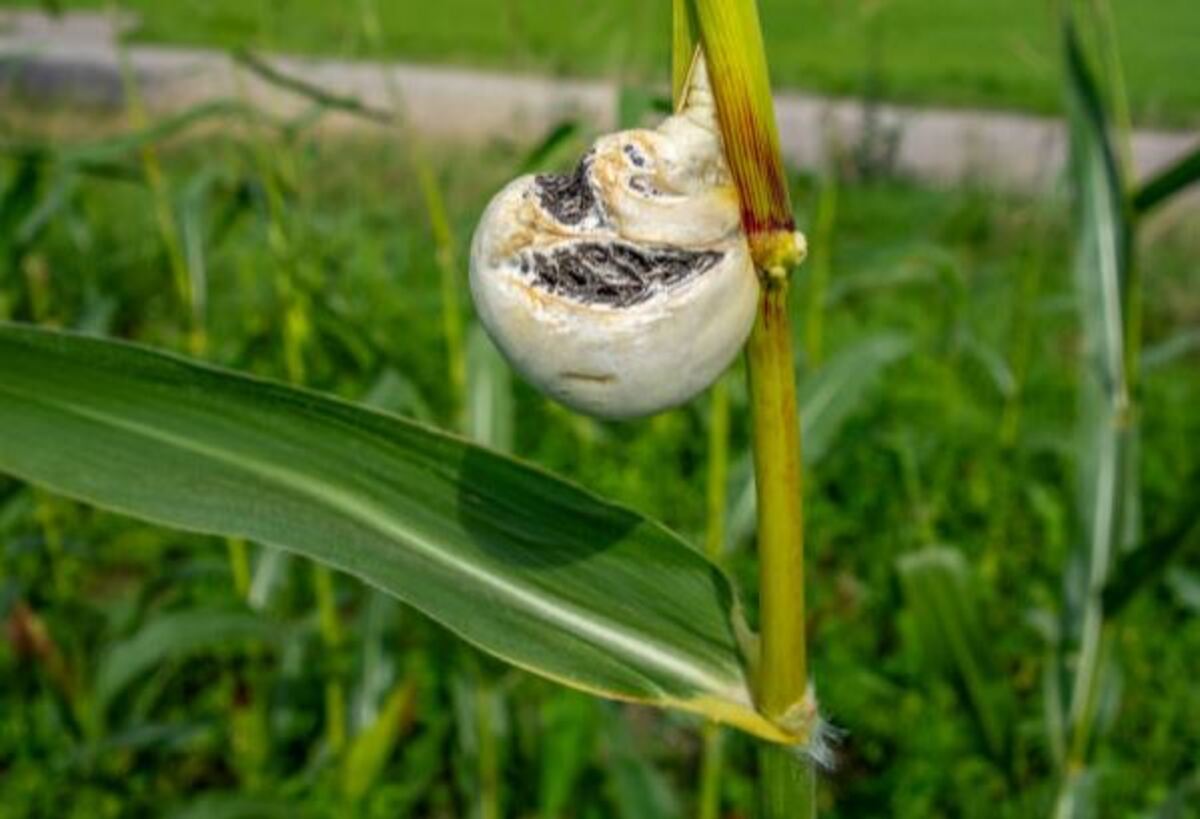Huitlacoche: Definition
Mexican farmers have long enjoyed this delectable mushroom, even though corn farmers in other areas of the world consider huitlacoche to be a parasite polluting their grain. These days, huitlacoche is sweeping the fine-dining world, and some corn farmers are going so far as to intentionally infect their crops with the crop to collect this new and valuable commodity. This essay will explain what a huitlacoche animal is, its background, and its prospects as a Mexican fungus.
Describe Huitlacoche
Huitlacoche, sometimes written “cuitlacoche,” is a result of a plant disease that affects the corn kernels directly. It is also referred to as “corn smut” in English. Ustilago maydis is the scientific name for this pathogenic fungus, which infects maize and grows tumors up to 10 cm in size.
The Controversial Origin of the Name “Huitlacoche”
The origin of the name “huitlacoche animal” is a topic of much controversy. The Nahuatl term huitlacoche, which may have described a bird that rested on cattle waste, is said to have been corrupted. This could be due to the fungus’s ability to prevent the development of corn kernels, thereby forcing them to “sleep.”
Huitlacoche in the Classical World: Definition
There are twenty amino acids in one human body. Of them, 11 are produced by nature; about 9 additional amino acids are absent. We refer to these as necessary amino acids. Eggs, fish, and many other forms of meat are foods that contain all of the required amino acids; however, the ancient Aztecs had limited access to these foods.
However, the prehistoric Aztecs devised a clever method of satisfying their nutritional needs. Huitlacoche is particularly rich in lysine. All nine of these necessary amino acids are not present in either huitlacoche-infected or regular maize, but when you wrap huitlacoche in a tortilla, all of your body’s requirements are met at once.
Huitlacoche was hence greatly valued in Aztec society. It was a mainstay of the prehispanic diet and was referred to as “the food of the gods.”
Read more: What is Sparrow Frost Black
Huitlacoche Today
Recently, huitlacoche has become increasingly popular in the realm of fine dining. One person has likened the flavor to a hybrid of black truffle and shitake mushrooms. An ear of corn infected with huitlacoche is worth 50% more than an ear of corn that isn’t affected by the disease.
The Rebranding Success of Huitlacoche: From Stigma to “Mexican Truffle”
Rebranding attempts for Huitlacoche have been largely successful. Thanks to Chef Josefina Howard of Rosa Mexicano restaurant, a fine-dining establishment on First Avenue in Manhattan, New York, it is now also known as the “Mexican truffle.”
It is now found all over the planet. I have personally had huitlacoche quesadillas in Hilversum, a Dutch town located just outside of Amsterdam. The stigma attached to this delicacy is fading, and a new, rapidly expanding market is emerging.
In summary
It might be worth trying huitlacoche if you haven’t already, both for the flavor and the experience. The Mexican truffle is something you’re going to adore if you enjoy mushrooms.
Also Read: What Does A Sparrow Look Like?
